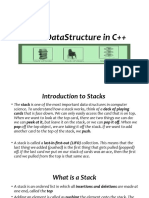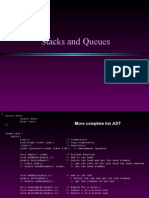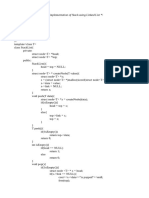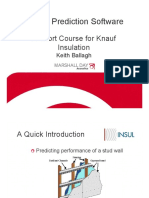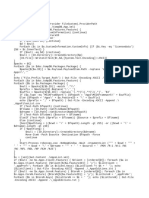0% found this document useful (0 votes)
8 views7 pages3.linked List Implementation of Stack
This document explains how to implement a stack using a singly linked list, adhering to the LIFO principle. It details the stack operations such as push, pop, peek, and display, along with a C++ implementation of these operations. The time complexity for push, pop, and peek operations is O(1), as they do not require traversal of the list.
Uploaded by
shivbhau2108Copyright
© © All Rights Reserved
We take content rights seriously. If you suspect this is your content, claim it here.
Available Formats
Download as PDF, TXT or read online on Scribd
0% found this document useful (0 votes)
8 views7 pages3.linked List Implementation of Stack
This document explains how to implement a stack using a singly linked list, adhering to the LIFO principle. It details the stack operations such as push, pop, peek, and display, along with a C++ implementation of these operations. The time complexity for push, pop, and peek operations is O(1), as they do not require traversal of the list.
Uploaded by
shivbhau2108Copyright
© © All Rights Reserved
We take content rights seriously. If you suspect this is your content, claim it here.
Available Formats
Download as PDF, TXT or read online on Scribd
/ 7









